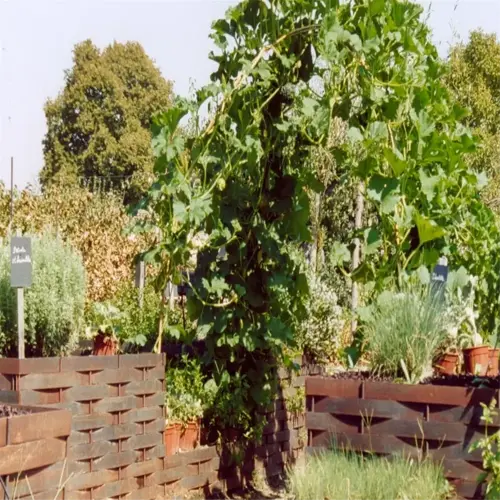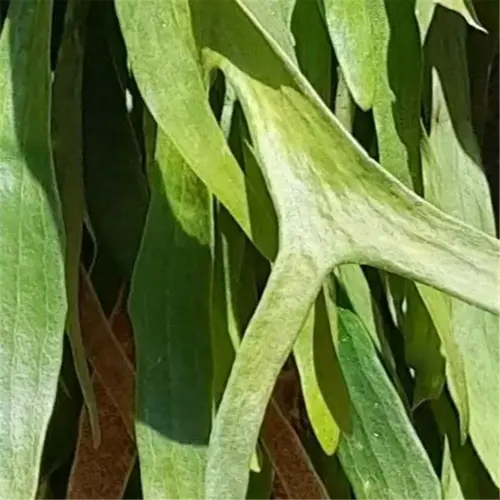How do you permanently treat black spot on roses?

Written by
Olivia Mitchell
Reviewed by
Prof. Samuel Fitzgerald, Ph.D.Roses afflicted by black spot face a persistent pathogen in the form of Diplocarpon rosae, yet management can be long-term.Begin by checking the leaves weekly to catch any feathery-edged lesions at an early stage. I am a strong believer in the ability to save gardens with a consistent approach to the three pillars of black spot management: sanitation, resistant cultivars, and application of fungicides timed to coincide with the pathogen's life cycle:.
Immediate Action Steps
- Prune 6 inches below lesions with sterilized shears
- Bag infected debris, never compost
- Disinfect tools with 70% alcohol between plants
Long-Term Defense
- Apply systemic fungicide at 50°F (10°C) soil temps
- Reapply every 12 days during leaf emergence
- Switch fungicide classes annually to prevent resistance
Resistant cultivars serve as your primary line of defense. In my demonstration garden, ‘Simplicity' roses showed resistance to fungal spores that ravaged the hybrid teas nearby. These ‘Simplicity' roses have, within the thickness of their leaf cuticles, a physical barrier to transmission, a genetic armor that no spray will replace. Combine these roses with drip irrigation systems, which prevent foliar surfaces from being wet.
Soil management is a topic that can be neglected. I test my pH every year and I usually maintain mine at 6.5, using pelletized lime. Fungal activity decreases substantially when soils are neutral. For heavy clay soils, use 3 inches of compost, providing better drainage. Wet roots can invite secondary infections compounding the damage sometimes caused by black spots.
In the fall of last year, a client's rose bed, which had been neglected for a couple of years, required drastic measures. We took out the top 8 inches of soil, added back in sterile loam, and put in ‘Knock Out' shrubs. It is now two years later and there is zero black spot. Sometimes, it is better to start fresh rather than go through years of treatment. The history of your soil is just as important as your routine for care!
Read the full article: Black Spot Roses: Prevention & Treatment Guide

